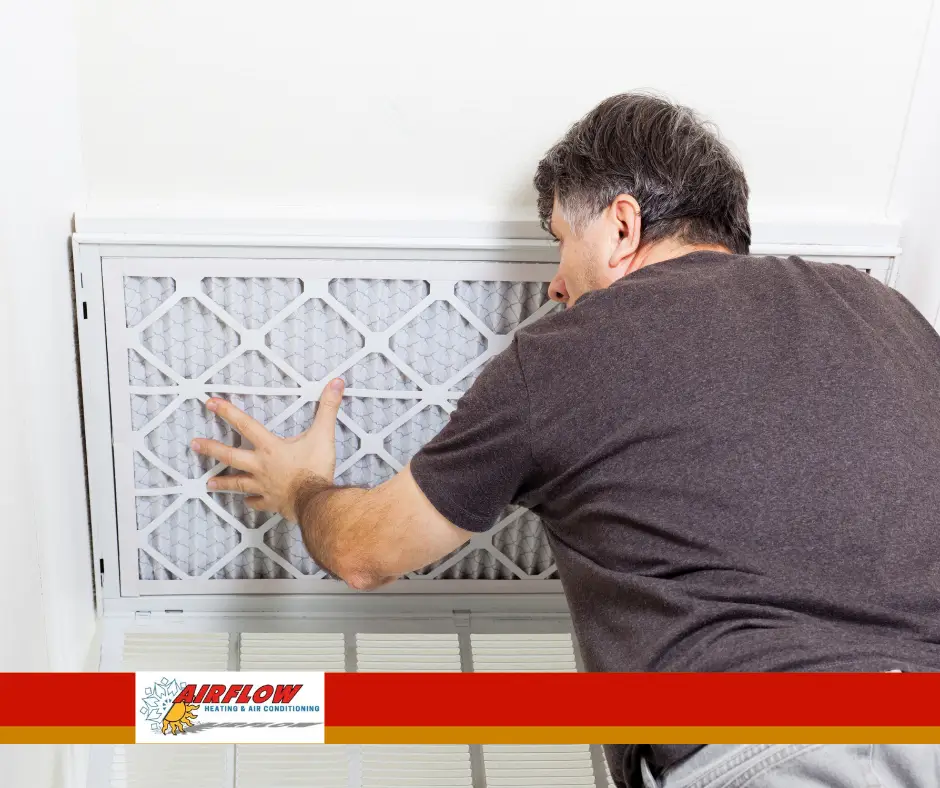Why Ductwork and Ventilation Matter for a Successful AC Installation
from web site
When planning an air conditioning installation, most homeowners focus on selecting the right unit. However, the efficiency and performance of your AC system depend just as much on the ductwork and ventilation. Properly designed ducts and airflow ensure that cool air is distributed evenly throughout your home, maximizing comfort and energy efficiency. Without well-planned ductwork and ventilation, even the best air conditioning system can struggle to perform effectively.
The Role of Ductwork in Air Conditioning Installation
Ductwork acts as the circulatory system of your air conditioner, transporting cooled air to different areas of your home. If ducts are not properly installed or maintained, you may experience uneven cooling, increased energy costs, and unnecessary strain on the AC unit.
Properly Sized Ducts Ensure Efficiency
One of the biggest mistakes in air conditioning installation is using improperly sized ducts. If ducts are too small, airflow is restricted, forcing your system to work harder and reducing cooling efficiency. On the other hand, oversized ducts can lead to uneven air distribution, making some rooms too cold while others remain warm.
A professional HVAC technician calculates the appropriate duct size based on:
- The size of your home
- The cooling capacity of the AC unit
- The layout and number of rooms
- The static pressure of the system
Properly sized ductwork improves energy efficiency and enhances comfort by ensuring that cool air reaches every room effectively.
Leaky Ducts Waste Energy
Leaks in ductwork can significantly reduce the efficiency of an air conditioning system. When ducts have gaps, cracks, or poor sealing, conditioned air escapes before reaching the intended rooms. This forces your AC to run longer, increasing energy bills and reducing overall cooling performance.
Sealing and insulating ducts help prevent energy loss, ensuring that cooled air reaches your living spaces efficiently. If you have older ductwork, having it inspected and sealed as part of your air conditioning installation can improve overall performance.
How Ventilation Impacts Air Conditioning Efficiency
Ventilation is another crucial factor that affects the success of an air conditioning installation. Proper airflow ensures that your AC system operates at peak efficiency and helps maintain good indoor air quality.
Balanced Airflow for Consistent Cooling
An effective air conditioning system relies on a balance between supply and return airflow. Supply vents distribute cool air throughout your home, while return vents pull warm air back into the system for cooling. If return vents are blocked or insufficient, air pressure imbalances can occur, leading to poor circulation and temperature inconsistencies.
To ensure proper airflow:
- Keep return vents unblocked by furniture or curtains
- Use the correct number of vents for your home’s layout
- Make sure ducts are free from obstructions or debris
Balanced airflow helps prevent hot and cold spots, making your home more comfortable and reducing strain on the AC system.
Ventilation Improves Indoor Air Quality
A well-ventilated home not only maintains comfortable temperatures but also promotes healthy indoor air quality. Without proper ventilation, dust, allergens, and humidity can build up, affecting both your AC’s efficiency and your family’s health.
Consider the following ventilation improvements for a successful air conditioning installation:
- Installing an air purifier or filter system to remove contaminants
- Using exhaust fans in kitchens and bathrooms to remove excess humidity
- Adding mechanical ventilation, such as an energy recovery ventilator (ERV), for fresh air exchange
By optimizing ventilation, you can enhance air circulation, reduce allergens, and maintain a healthier indoor environment.
Signs That Your Ductwork or Ventilation Needs Attention
Before completing an air conditioning installation, it’s important to assess whether your home’s existing ductwork and ventilation are sufficient. Look for these signs that indicate potential problems:
- Uneven cooling: Some rooms are colder or hotter than others, suggesting airflow issues.
- Weak airflow from vents: If you notice weak air coming from supply vents, your ducts may be blocked or undersized.
- Excessive dust accumulation: Poor ventilation and leaky ducts can contribute to indoor air pollution.
- High energy bills: If your AC is running longer than necessary, inefficient ductwork could be the culprit.
- Noisy operation: Whistling or rattling sounds in the ductwork may indicate air leaks or obstructions.
If you experience any of these issues, having an HVAC professional inspect your ductwork before installation can prevent future performance problems.
The Importance of Professional Ductwork and Ventilation Installation
Ensuring that ductwork and ventilation are properly designed and installed requires professional expertise. A skilled HVAC technician will:
- Assess your home’s airflow needs
- Determine the best duct layout for efficient cooling
- Seal and insulate ducts to prevent air leaks
- Balance supply and return airflow for even temperature distribution
- Install proper ventilation systems to enhance air quality
Skipping this step during air conditioning installation can lead to inefficient cooling, increased repair needs, and a shortened lifespan for your AC unit. Investing in professional installation ensures that your system runs smoothly for years to come.
Final Thoughts
Ductwork and ventilation play a critical role in the success of any air conditioning installation. Properly designed and sealed ducts ensure efficient air distribution, while balanced ventilation enhances indoor comfort and air quality. Before installing a new AC system, assessing and optimizing these components can prevent costly inefficiencies and provide long-term energy savings.
By working with an experienced HVAC professional, you can ensure that your air conditioning system operates at peak performance, keeping your home cool, comfortable, and energy-efficient all season long.

